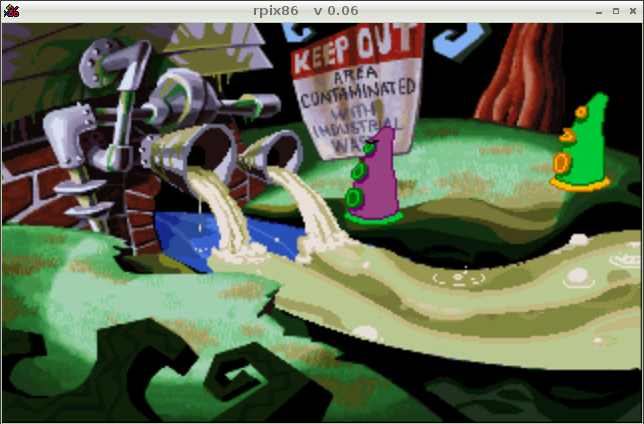Rsync helpers and common usage
rsync is a widely used tool for synchronisation so to keep copies of a file on multiple computers the same. Because of its flexibility it has become the defacto standard on Linux and other similar systems. While newer protocols and tools such as Dropbox and BitTorrent Sync overlap with and improve on some of rsync’s capability. Rsync is still relevant today both for syncing and for other function such as local directory duplication and large file copying.


